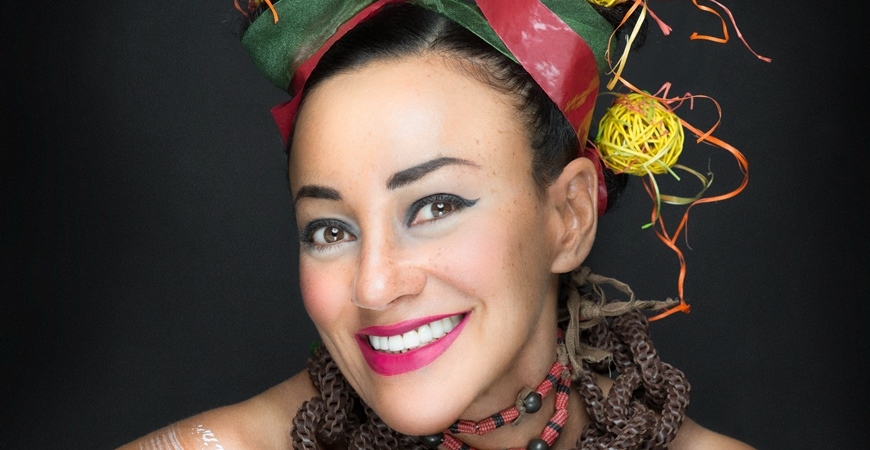The portuguese and the Brazilian
After several decades of individual global conquest, life finally brought Maria João and Egberto Gismonti together on the summer of 2016. They gave their debut joint concert in Italy, and this proved to be a remendous success. As a result, they undertake a tour of Europe this autumn, one of the stops – fortunately for us – being the Liszt Academy. Maria João, renowned for her extraordinary voice and unique musicality, had long dreamt of the day that she could take to the stage in the company of the Brazilian composer-inventor-virtuoso instrumentalist. Now her wish is being fulfilled. At this performance we can ourselves witness what new marvels have been created from the meeting of their musical orbits.
“Aikido saved my life,” the jazz singer once stated in an interview. Interestingly, she had previously never considered taking up music as a profession. In her youth, Maria João always took things to extremes, breaking the rules and skipping classes; her hyperactive behaviour led to her being expelled from no fewer than five schools. Finally, at the urging of her Mozambican mother, she took up swimming, yoga and then aikido. The sport totally changed the outlook of this unmanageable girl, who even now exercises every single day.

Maria João. Photo: Alexandre Cabrita
She was 27 when, from one moment to the next, music took over her life: a friend invited her to sing at the oldest jazz club in Portugal (and Europe), the Hot Club Portugal in Lisbon. Even though she had never had a teacher and couldn’t read sheet music, she overwhelmed her audience in an instant. Just one year later she and her band released their first album, Quinteto Maria João. In 1985 she appeared at the Cascais Jazz Festival, then the San Sebastian Jazz Festival, winning the latter. From that moment there was no stopping her: there were European tours, and she worked together with various artists, for instance with Japanese pianist Aki Takase and, from 1994, with Portuguese composer-pianist Mário Laginha. Almost every year the pair released an album, one highlight being Chorinho Feliz, recorded in 2000 on the occasion of the 500th anniversary of the discovery of Brazil.
Unlike the Portuguese artist, the life of Egberto Gismonti, a son of Rio de Janeiro, was virtually made for music. He was born into a half-Lebanese, half-Italian musical family, and he played piano from an early age before teaching himself the flute and guitar. He moved to Paris in 1968 in order to pick up the art of instrumentation and composition from some of the greats of modern music, including Nadia Boulanger, teacher of numerous major composers of the 20th century, and Jean Barraque, one of the leading figures of the French avant-garde in the period following World War II. A year later he recorded his own debut album, which was followed by a further seven in the 1970s. Initially, he primarily focused on composing instrumental music, in which jazz was mixed with electronic, atonal and South American Indian music. 1976 proved a turning point in his life, when he spent the year living with the Brazilian Xingu Indian tribe. He described the resulting album as a “walk through the jungle”, and resonances of his journey can be picked out in his later works. Despite this, the music of Gismonti does not feed solely from Brazilian native roots; his extraordinarily individualistic style is also imbued with pop, jazz, avant-garde and rock.
Anna Unger


